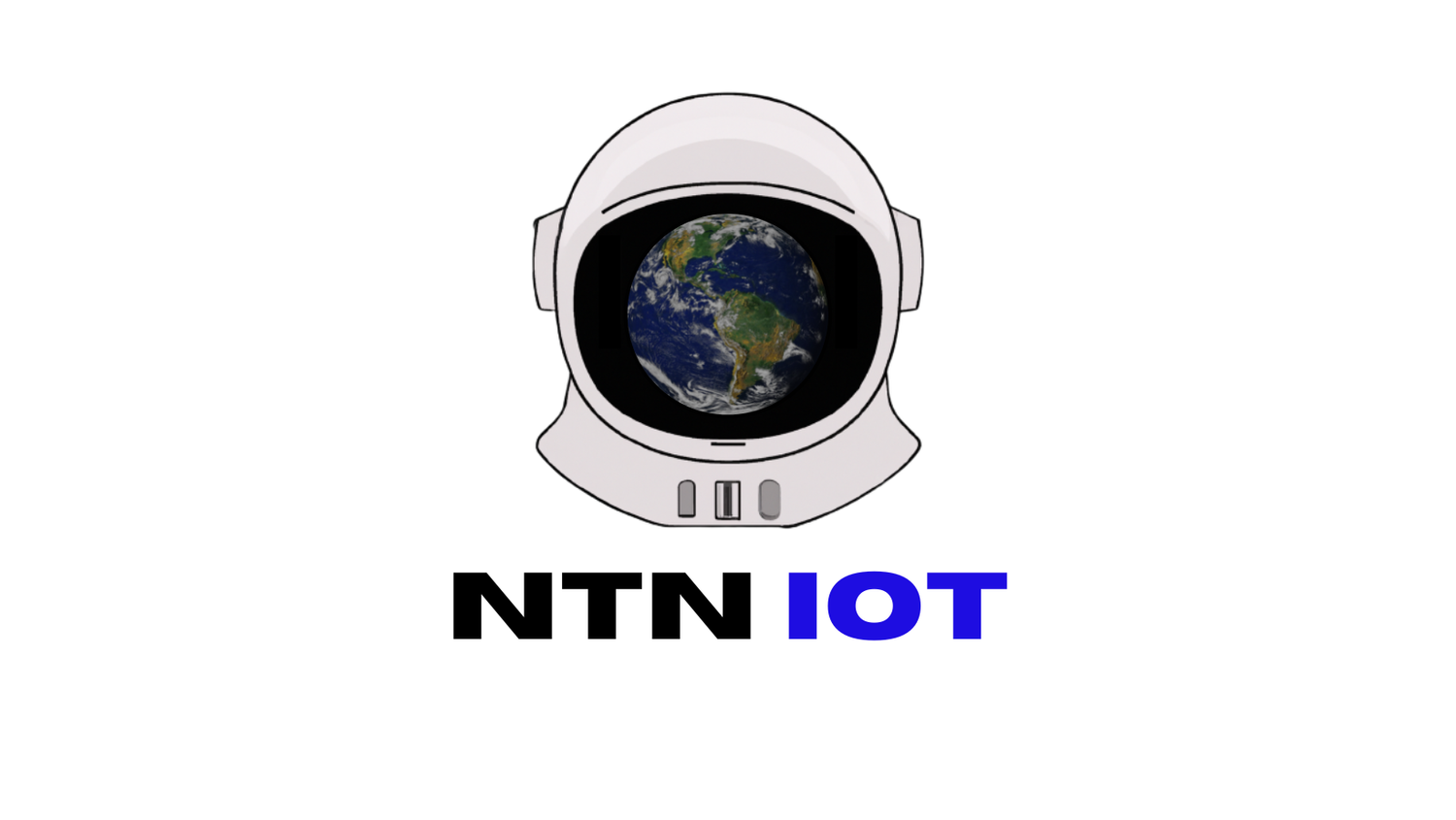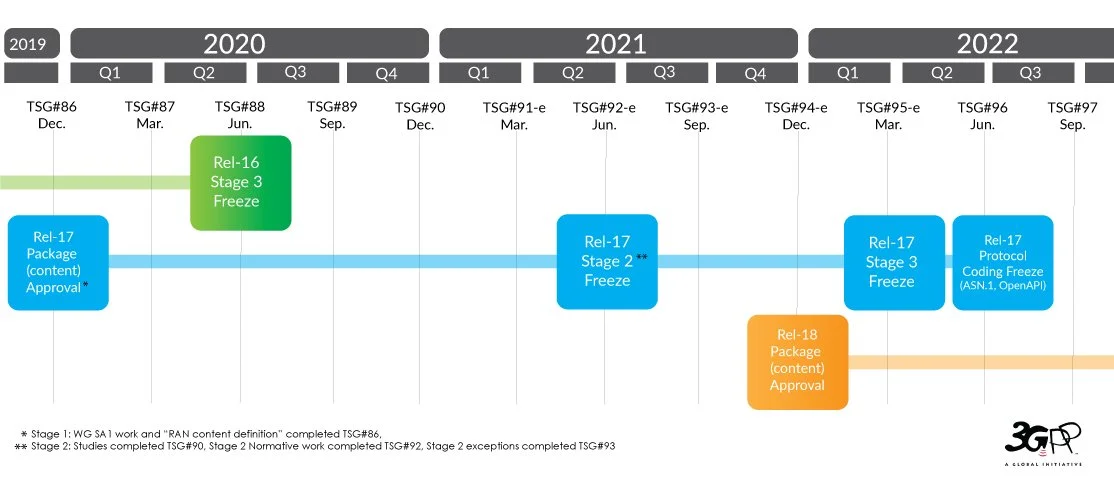Chipsets & Modules | All You Need to Know About 3GPP Release 17
The 3rd Generation Partnership Project (3GPP) is a collaboration of telecoms standard organizations with the primary goal of developing mobile communications protocols. Technologies such as long-term evolution (LTE) and 5G fall under the umbrella of 3GPP work, covering everything from the air interface and radio access network to the core network and services. 3GPP standards are currently extensively used by cellular providers and equipment manufacturers worldwide. It is the most widely used cellular standard organization and plays a crucial role in shaping the future of mobile communications.
The 3GPP organization arranges new technical standards into releases, where each version contains new details and improvements over the previous one. The organization's most recent release is 17 and offers new features and advancements for 5G mobile networks. It was completed in Q3 of 2022, and manufacturers have been incorporating its latest components into their commercial products since then.
Looking more closely at Release 17's highlighted features, one of the primary characteristics that distinguish it from previous ones is the support for non-terrestrial networks (NTN) such as satellites, high-altitude platforms or unmanned aerial vehicles. NTN capabilities introduced in Rel-17 enable 3GPP protocols for broadband (NR protocol) and for massive IoT (NB-IoT and eMTC) to be used for satellite communications. NTN capabilities are considered pivotal to help meet the increasing demand for connectivity in remote and underserved areas where traditional terrestrial networks may not be available.
Release 17 also brings enhancements to the uplink control and data channel design (increased repetitions, joint channel estimation, frequency hopping). Furthermore, the release introduces new radio technologies such as enhanced mobile broadband (eMBB) and ultra-reliable low latency communications (URLLC) to provide higher throughput, lower latency and more reliable communications.
The performance enhancements are expected to provide a more versatile and capable communication technology for NTN, enabling new use cases and applications in maritime and aerial transport, rural and remote regions and disaster and emergency response situations such as industrial automation or crucial communications assistance.
A particularly significant feature of Release 17 is the support for massive IoT, characterized by the large number of devices connected to the network and the need for low power consumption and reduced cost. In situations where the devices cannot be charged or are battery-reliant, the ability of machines to enter conserving mode when there is no data to be sent can be very beneficial. It is made possible by the reduction of unnecessary device paging receptions and easing up on device measurement for radio links. The enhanced massive MIMO (multiple-input, multiple-output) allows the connection and communication of a vast array of devices, from industrial equipment to consumer products, due to the improvement of factors such as beam management and SRS triggering.
Additionally, this release includes enhancements to existing properties like data security to protect against cyber threats and provide end-to-end security for all services. It can increase mobile network speed and reliability while also minimizing environmental impact and guaranteeing the security of sensitive data, which is critical for use cases such as healthcare or industrial automation. Another characteristic of Rel-17 is spectrum expansion, supporting increased frequency ranges between 24.25 - 52.6GHz up to 71GHz global and 60GHz unlicensed band. This provides faster data speeds and more capacity, crucial components when addressing consumers' growing need for quicker and more reliable internet access.
The 3GPP Release 17 standard enables a more robust and diversified 5G network capable of serving a broader range of use cases and applications, which is a huge step forward for the mobile sector. With its extended frequency ranges, new radio technologies and support for massive IoT and critical communications, it is expected to bring significant benefits to consumers and industries.
See the summary of highlighted features by ShareTechnote below:
Find this article insightful? Login the community and discover more. Not a member yet? Click the button below to join now!


